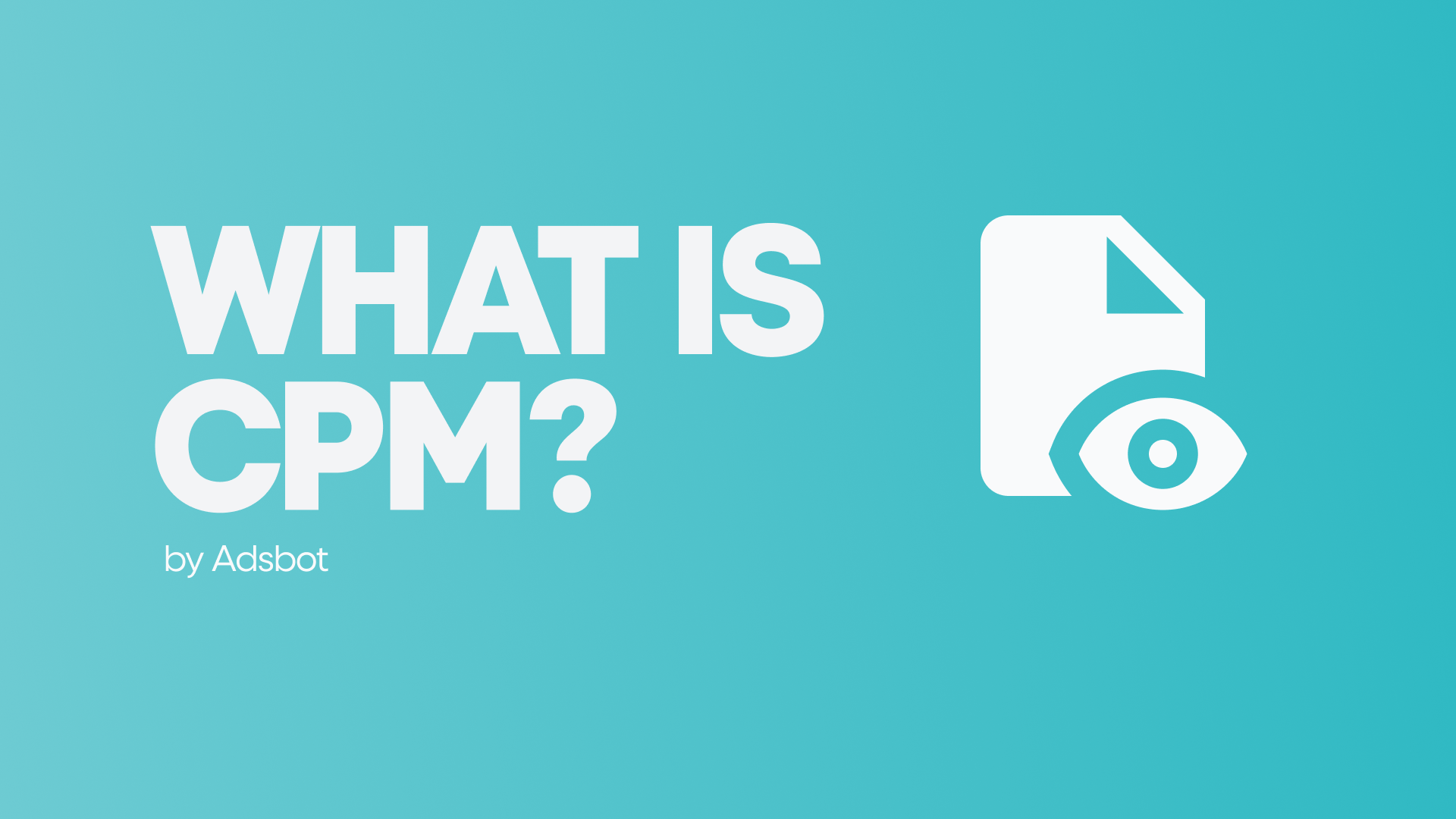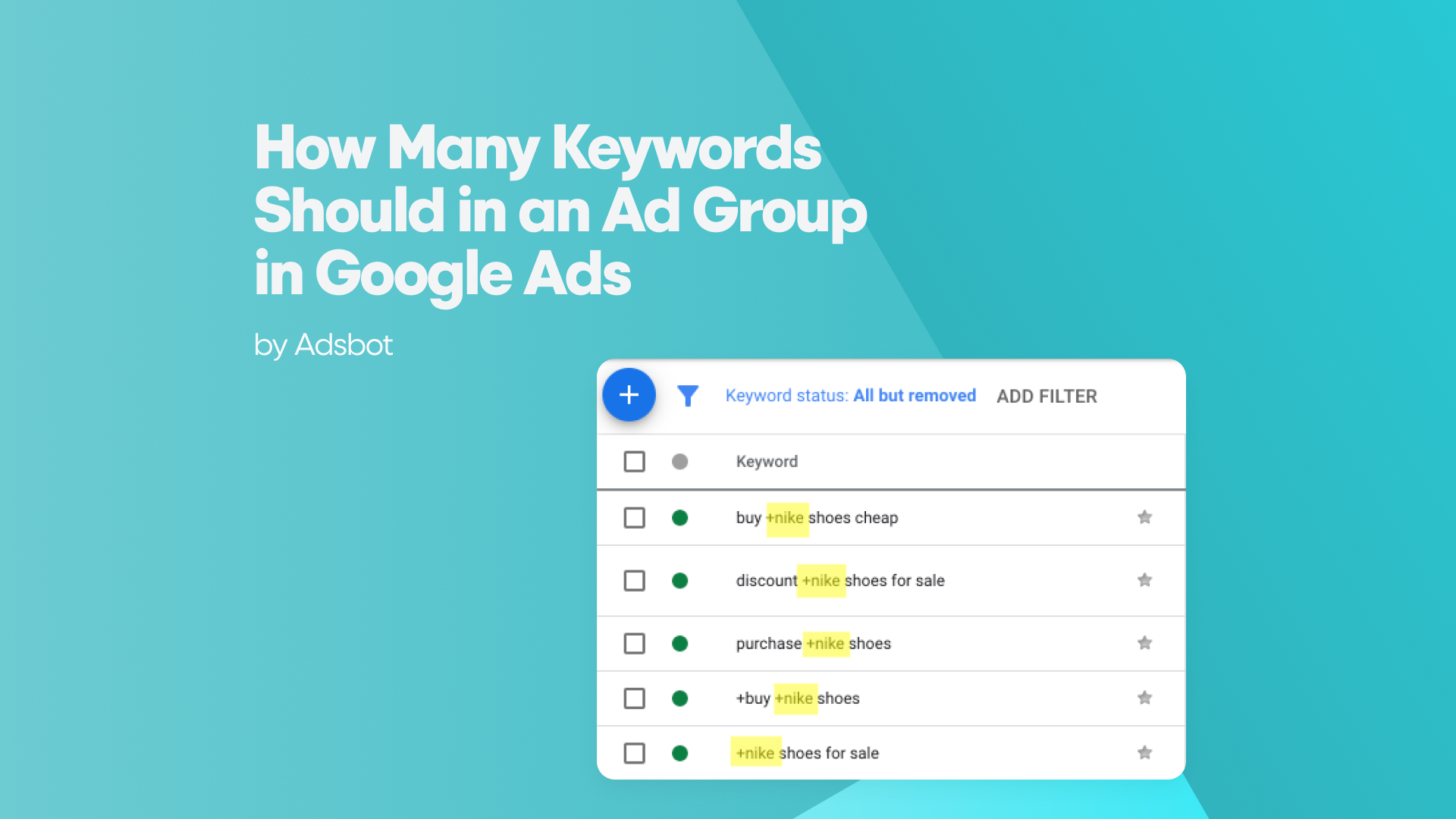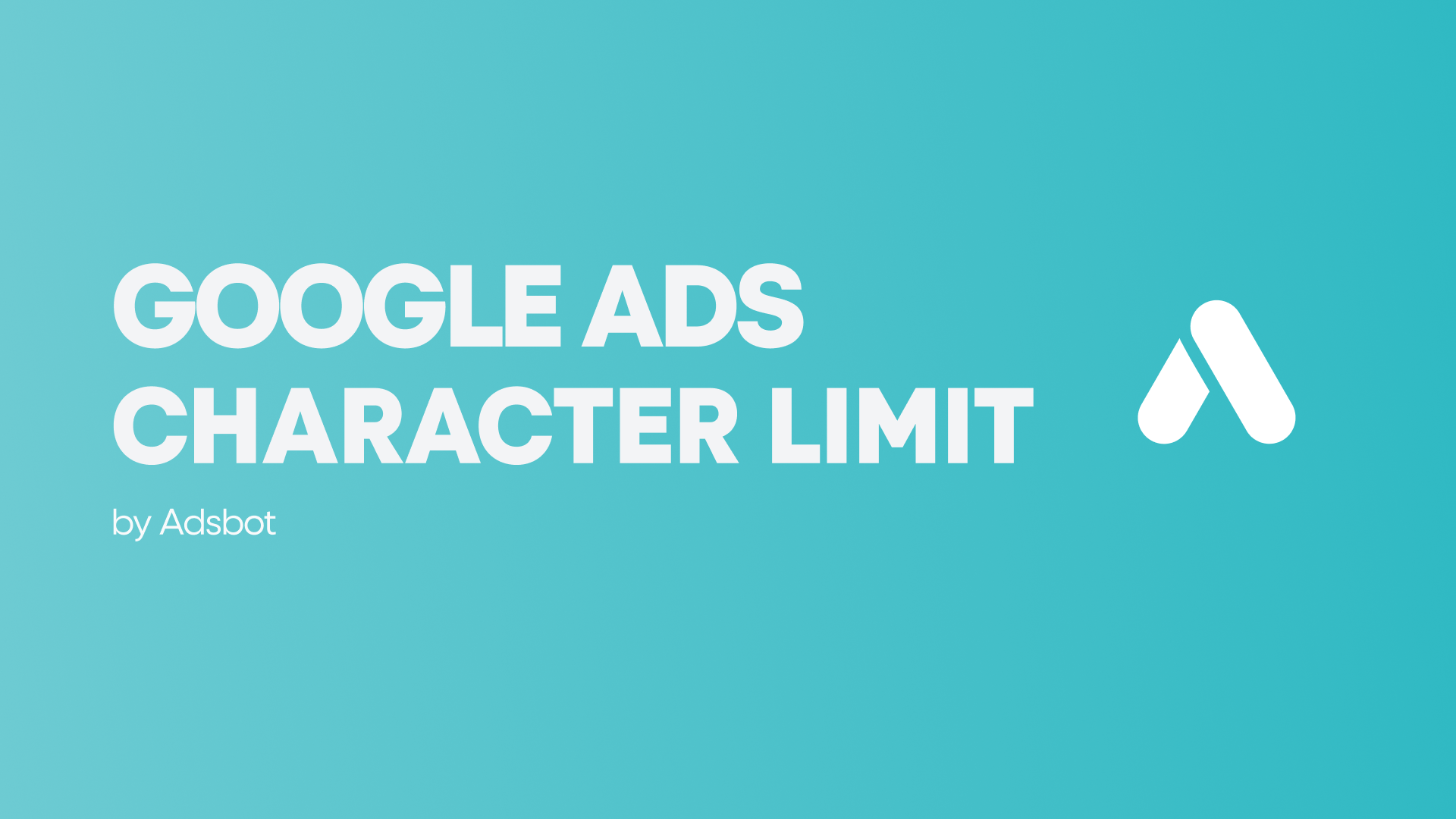What Is CPM?
CPM in marketing is cost-per-thousand impressions also known as cost per mille or cost per thousand. It is a common marketing term of measurement in advertising. It is used to describe the cost of advertisement impressions that marketer and advertisers pay for their campaigns showing on the web page.
You will learn 3 main issues about CPM in this article:
- What Is CPM in Advertising?
- What Is A Good CPM Rate?
- What Factors Affect CPM?
In CPM, the main metric is Impressions. An impression refers to seeing Google Display Network ads, Youtube ads, digital campaigns on social media platforms like Facebook or any other marketing platforms. An impression counts the number of ad views, so that the main focus in CPM is on ad visibility. More clearly, each time an ad is successfully loaded onto a user’s screen, the advertiser pays for the ad displayed for every 1,000 impressions. For example, if the advertiser pays for an ad with a CPM of $100, it means that reaching a total number of 1,000 viewers (page views) costs $100. In other words, if the CPM has set a value of $1,00 which means an advertiser must pay $1,00 when the ad gets one thousand impressions.
What Is CPM in Advertising?
CPM is used in several mediums such as advertising, marketing, social media and digital marketing. CPM is one of the many methods used for pricing online advertisements and it is ideal for online marketing strategies in order to focus on creating brand awareness and recognition as well as delivering brand’s messages to the target audiences.
It is also important to understand the impact of a campaign on the target audience. If the ad measurement metric is to be calculated over cost per thousand, it is necessary to interpret the CPM formula in accordance with the purpose of a campaign. To calculate CPM rate, it is simply needed to use the following formula which states CPM is equal to the total cost of advertising divided by total number of impressions multiplied by thousand.
The most familiar advertising platforms in digital advertising are Google Ads and social media advertising channels that include Facebook and Instagram. These platforms work on a CPM and a CPC basis to measure ads. All strategies, methods, and campaigns of a brand are built around these metrics.
What Is A Good CPM Rate?
A good CPM rate does not have a fixed formula for every brand, but of course, best CPM rates can be determined in line with the brand’s goals and strategies. As there are many variables, the most important ones are to analyze past campaigns of the brand, evaluate the effect of CPM rate on ROI and compare the results by interpreting them according to the market.
CPM rates can be understood by asking how much budget an advertiser wants to pay for advertising and how many advertisers are willing to pay for that ad overall. In other words, all variables such as what is the value of the advertising allocated by the competitors, how many competitors are willing to allocate a budget for this advertisement, and what we can offer for our own brand compared to these determine the CPM rates. For example, if Google Ads are preferred as a channel for an effective CPM rate, the process can be kept under control by Google Ads optimization and the results will not be surprising.
Three Things An Advertiser Should Know Well
- The advertiser should know exactly which area in the market their brand wants to manage, on which target audience they want to build awareness, and what the CPM metric means for their brand strategy.
- A different strategic budget should be determined for the CPM rate than the general budget.
- A good plan for the next steps should be laid out.
What Factors Affect CPM?
There are many factors that affect the CPM value. To reduce the CPM, it is necessary to present all the components of the brand in the best balanced combination. For example;
- Advertising Platform: Choosing which networks the ad will be placed on is one of the things to consider in order to reduce CPM and achieve significant results. For example, in order to make an effective campaign creation in Google Ads, a budget can be determined in line with the brand’s strategies, a detailed target audience can be created and the results can be easily analyzed.
- Targeting: Factors such as the demographics of the target audience such as age, gender, language, location, interest are another critical component to consider that affects the CPM. CPM strategies are not one of the ideal metrics for quite niche brands that appeal to a small portion of the population. The CPM metric does not work well when it comes to achieving measurable results in such niche areas. Building a strong foundation for CPM is essential. For example, the CPM metric should be tailored to fit the brand’s strategy to help measure overall business goals. In addition, a good definition of the new target audience should be made and this new target audience should be followed regularly.
- Seasonal Changes: Campaigns of various sizes during certain periods of the year (i.e. Black Friday) can create changes in CPM. During the seasonal changes, the budget of the campaign as well as the strategies of competing brands are also unsteady and that is why seasonality is important in determining the value of CPM.
- Strengths: Emphasizing the differences and strengths of the brand through the right channels is one of the points that should not be ignored in order to increase visibility among competitors.
- Analytical Skills: Good analysis and regular follow-up are required to reduce CPM. In this way, identifying what works and what does not in ad impressions and taking quick action helps to bring the brand to success. An advertiser should carefully follow their brand’s campaign performance analysis. The analytical skill required for effective campaign performance optimization helps the advertiser to interpret the results well and to minimize cost and time expenditure by making the right moves.
How Does Adsbot Help You?
Adsbot helps you automate and optimize your campaigns in a minute. You can top performing banners in your account with a single click. Besides, Get insights, alerts and smart recommendations with a single click. You will have a full control on your account and focus on strategy. Start you free trial today and see Adsbot in action.
Popular Posts
-
Google Ads Script for Dummies: An Introduction
Imagine you have an e-commerce website that sells licensed superhero…
Read more -
How Many Keywords Should in an Ad Group in Google Ads?
Are you new to Google Ads and trying to…
Read more -
Google Ads Character Limits
Google Ads has character limits for various elements of an…
Read more -
Google Ads Sitelink Character Limits
Are you looking to maximize your Google Ads campaigns?…
Read more
Register for our Free 14-day Trial now!
No credit card required, cancel anytime.





